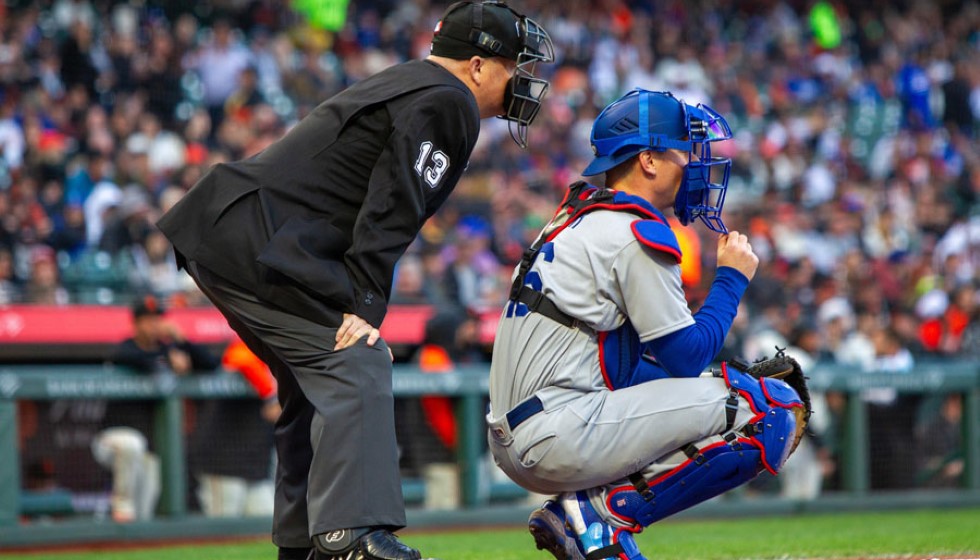
The Intricacies of Hall of Fame Voting: A Journalist's Perspective
This year's Hall of Fame ballot presents a fascinating tableau, not just for baseball fans, but for a particular sports journalist who is stepping into the voter’s booth for the first time. Casting an official vote for the Hall of Fame is both an honor and a responsibility, a task that demands careful contemplation beyond mere statistics.
Among the names on this year's ballot is Ichiro Suzuki, whose outstanding career with over 3,000 hits in Major League Baseball began at the age of 27. His .311 batting average and 509 stolen bases testify to his prowess on the field. The journalist comments, "There's a 'feel' factor to him," pointing out that statistics alone do not capture the essence of a player like Ichiro. The comparison between Kenny Lofton and Ichiro exemplifies this sentiment: "The Lofton/Ichiro comp is a great example of how HOF is definitely not a mere stats-based vote." For voters, capturing the essence of a player's contribution to the game goes beyond numbers.
Wrestling with Legacy: Bonds, Clemens and the 2017 Scandal
The ballot also features Barry Bonds and Roger Clemens, two players whose careers are mired in controversy due to their alleged use of performance-enhancing drugs. Similarly, players such as Carlos Beltran and Brian McCann are tainted by their involvement in the infamous 2017 cheating scandal. The Hall of Fame is an accolade respected not only for athletic achievement but also for ethical considerations, presenting a challenging predicament for voters.
These decisions become even more complex when considering players like Alex Rodriguez (A-Rod) and Manny Ramirez, who are linked to steroid use. The Hall of Fame is supposed to honor those who exemplify the loftiest ideals of baseball, yet the question remains: should their documented excellence on the field outweigh their indiscretions?
The Hall of Fame Beyond Numbers
Félix Hernández, another name on the ballot, brings different complexities to the fore. He is renowned for winning a Cy Young Award and finishing as a runner-up twice. The journalist confesses to having mixed feelings about Hernández's candidacy: "He's pretty clearly below the Hall of Fame line, basically, but I've been having second thoughts now about not voting for him." Such dilemmas reflect the profound influence of subjective interpretation in the voting process.
Moreover, voters grapple with comparing today's candidates with those from earlier eras. Notably, more players from the 1920s and 1930s are being inducted into the Hall of Fame than those from the 1980s and 1990s. As one reader inquires, "How do you compare WAR for players currently on the ballot with players already in the HOF?" Advanced metrics like WAR (Wins Above Replacement) provide a more quantitative approach, yet statistics have varying degrees of relevance depending on the era in which a player competed.
A Collective Responsibility
Hall of Fame voters undertake their role with the awareness that they are part of a larger chorus of voices. As the journalist aptly states, "I'm not the sole Hall of Fame voter. I don't get to decide which players get in or are left out." Each voter brings their own experiences, insights, and biases to the table, contributing to a collective verdict that reflects a broad spectrum of baseball analysis and appreciation.
Ultimately, the Hall of Fame's allure is not just its recognition of talent but its embodiment of the sport's narrative, a text that is continually rewritten with each passing season. The ballot symbolizes more than just names and numbers; it is a reservoir of memories, achievements, and lessons that shape the game we know and love. As this sports journalist votes for the first time, they ponder future generations who will reminisce about today's stars in the same reverent tones reserved for the legends of the past.